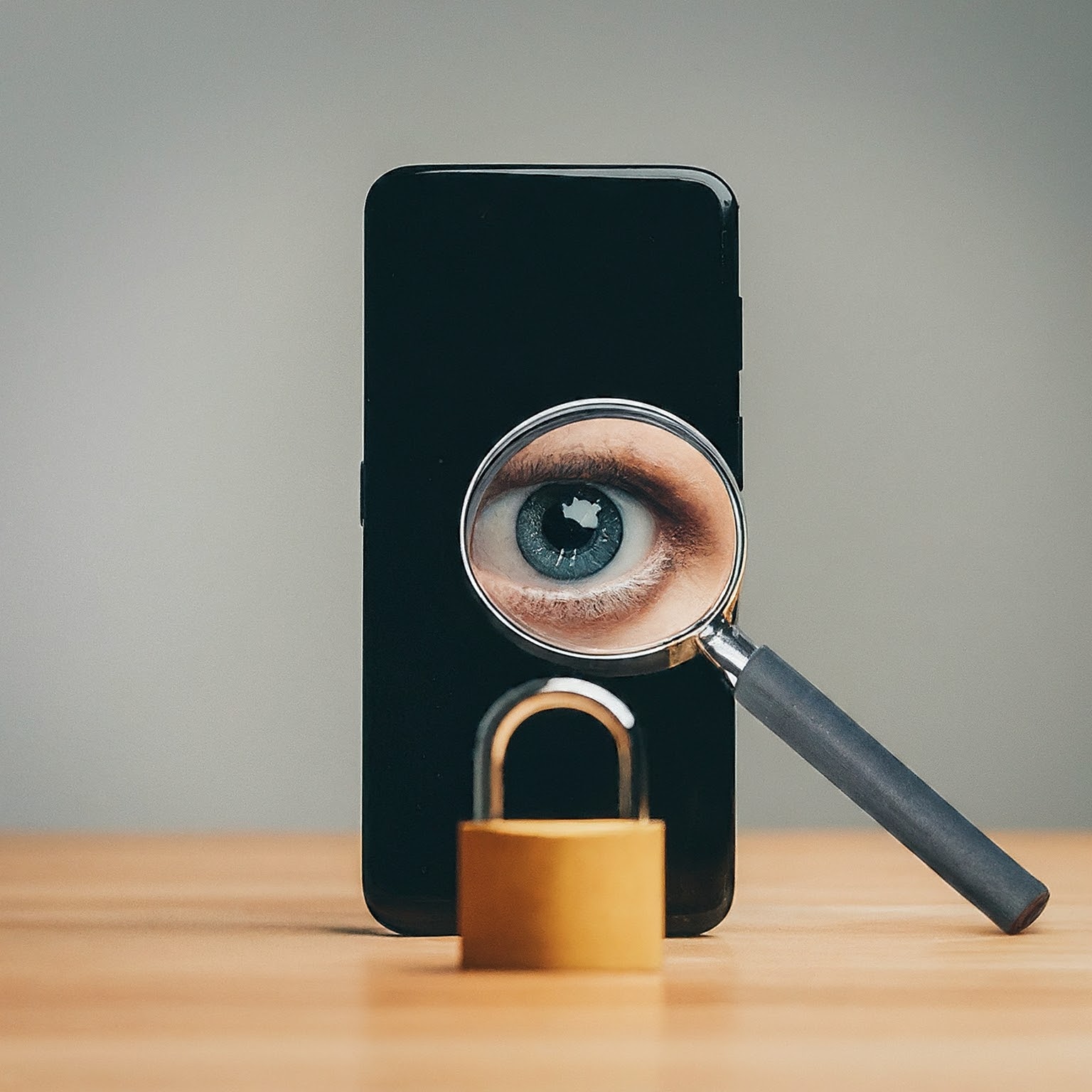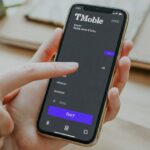In today’s hyper-connected world, privacy concerns surrounding our online activities are paramount. One question that frequently arises for mobile users: Who can see my mobile data history? This comprehensive guide delves into the potential entities that might have access to your mobile data history, empowering you to understand the landscape and safeguard your privacy.

The Gatekeeper: Your Mobile Network Operator
Your mobile data history serves as a record of the websites and online services you access using your cellular network. The entity with primary access to this data is your Mobile Network Operator (MNO), also known as your cell phone service provider (e.g., Verizon, AT&T, etc.). MNOs utilize this data for various purposes, including:
Billing: Your data usage is a crucial factor in determining your monthly bill. MNOs rely on your data history to calculate the amount of data consumed and generate accurate bills.
Network Optimization: By analyzing data usage patterns, MNOs can identify areas with network congestion and optimize network infrastructure for better performance.
Targeted Advertising: Some MNOs might anonymize and aggregate data usage patterns to create user profiles. These profiles can then be used by third-party advertisers for targeted advertising campaigns. (Note: Opting out of data sharing for advertising purposes might be possible with your MNO).
While MNOs have legitimate reasons to access your data history, it’s important to understand their data retention policies. These policies dictate how long your data is stored before being anonymized or deleted.
Beyond the Carrier: Exploring Additional Parties
While your MNO serves as the primary custodian of your mobile data history, there are other potential players to consider:
Law Enforcement: In specific legal situations, law enforcement agencies might obtain warrants to access your mobile data history from your MNO. This typically occurs during investigations of criminal activity and requires a court order.
App Developers and Websites: The websites and apps you visit might collect their own data on your activity within their platforms. This data can include browsing history, search queries, and in-app interactions. It’s crucial to review the privacy policies of apps and websites before using them to understand how they handle your data.
Public Wi-Fi Networks: Using public Wi-Fi networks can introduce additional risks. Malicious actors might be able to intercept your data traffic if the network is not secure. It’s best to avoid accessing sensitive information or using online banking services on public Wi-Fi.
Hackers and Malware: Data breaches and malware infections can compromise your mobile device, potentially exposing your mobile data history to unauthorized individuals. Maintaining strong passwords, updating software regularly, and being cautious about downloading apps from untrusted sources can help mitigate these risks.
Understanding these additional parties empowers you to take proactive steps to safeguard your privacy.
Taking Control: Strategies to Limit Who Sees Your Mobile Data History
There are several steps you can take to limit who sees your mobile data history:
Review Your MNO’s Data Privacy Settings: Most MNOs offer options to manage how your data is used. Explore your online account settings or contact customer service to understand your options for data privacy.
Be Mindful of App Permissions: When installing apps, pay close attention to the permissions they request. Only grant access to permissions genuinely required for the app’s functionality.
Utilize a Virtual Private Network (VPN): A VPN encrypts your internet traffic, making it more difficult for others to monitor your online activity, especially on public Wi-Fi networks.
Practice Safe Browsing Habits: Be mindful of the websites you visit and the information you share online. Avoid entering sensitive information on unsecure websites.
Keep Software Updated: Maintain the latest software updates for your mobile operating system and apps. These updates often include security patches that can help protect your device from malware and other threats.
By implementing these strategies, you can significantly reduce the risk of unauthorized access to your mobile data history.
Conclusion: Protecting Your Digital Footprint
Understanding who can see your mobile data history empowers you to make informed choices and take control of your privacy. By familiarizing yourself with the data practices of your MNO, being cautious about app permissions, and adopting safe browsing habits, you can navigate the digital world with greater confidence. Remember, privacy is a continuous journey, and staying informed about evolving threats and security measures is essential in protecting your valuable mobile data history.


